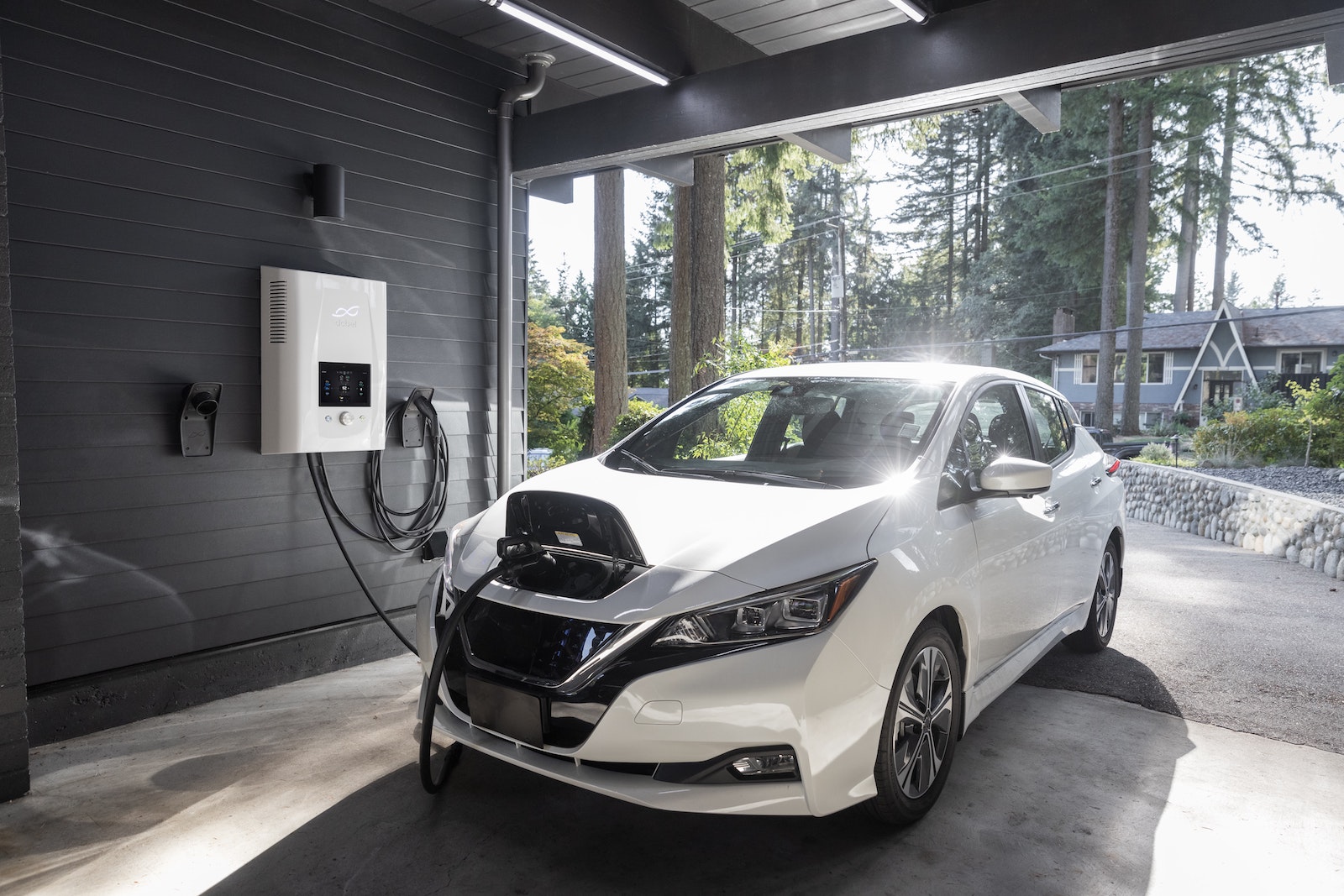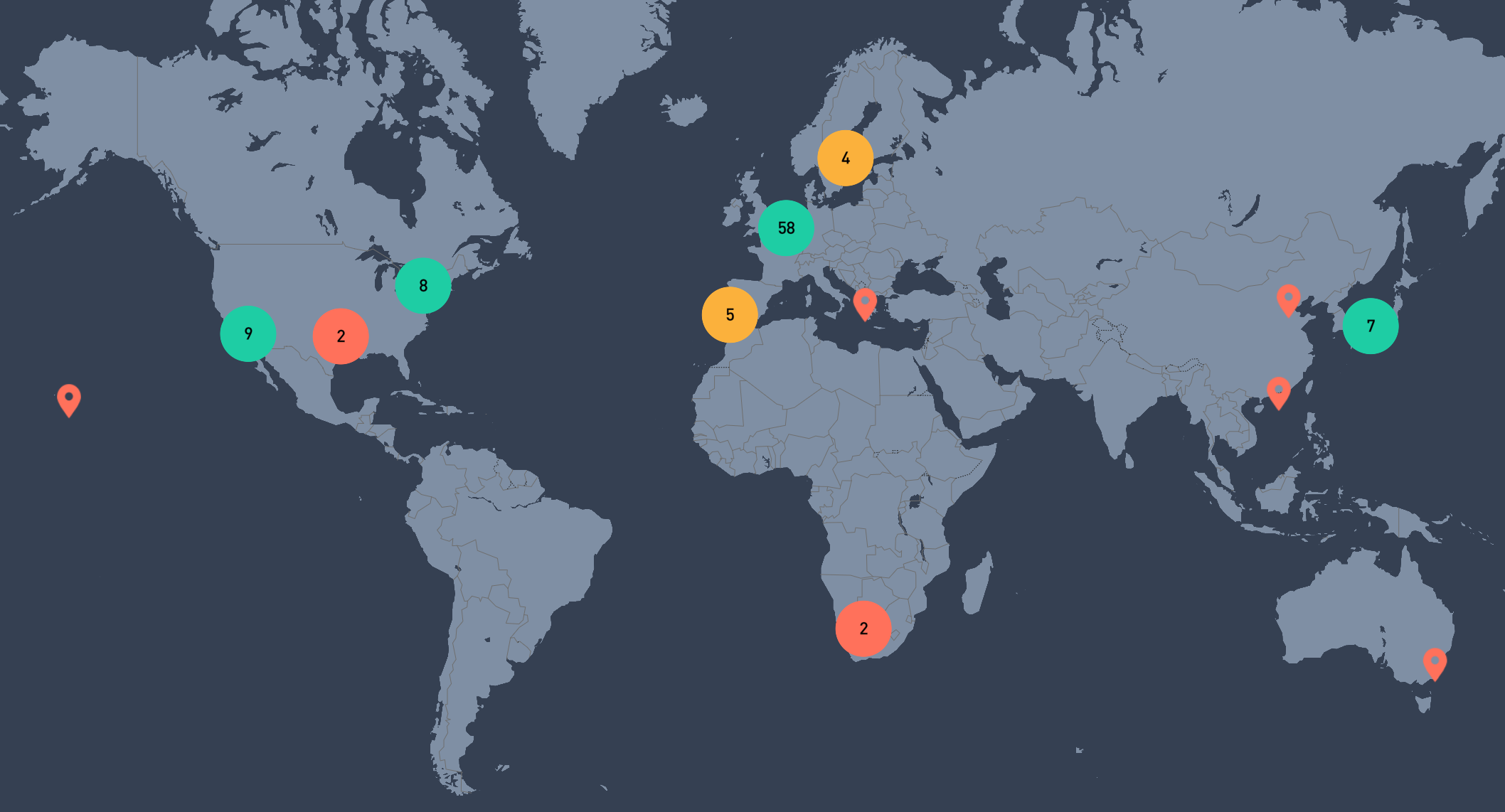Alternative energy sectors are growing fast – electric vehicles, home batteries, and solar systems are reducing many households' dependence on fossil fuels and the grid. But this may be the tip of the iceberg. As our cars often sit idle for 95 percent of the day, why not profit off the energy in our EV batteries?
A new technology known as Vehicle-to-Grid or V2G would allow households and businesses to use electric vehicle batteries to power homes, businesses, and the national electric grid, similar to how homeowners with solar systems can sell their excess energy to the energy providers.
While V2G technology is not currently available to most businesses and consumers, it is a promising opportunity for reducing our dependence on the traditional grid, especially when it fails.
HOW DOES V2G WORK?
Plug-in-hybrids and electric vehicles connect to our electrical systems to charge, pulling energy from the grid or solar panels. Bi-directional charging capabilities would allow charged vehicle batteries to send electricity back to the grid through the same system.
The capability would be particularly useful as energy demands fluctuate throughout the day – high during the morning hours when we get ready for the day and again in the evening as we cook dinner, watch TV, and prepare for the next day. Rates during these peak hours are more expensive and unfortunately solar systems are not generating energy during all of this time. V2G software would help fill these “valleys” between peaks, optimizing charging and energy distribution. Additionally, a modern electric vehicle battery typically stores enough energy to meet the average home’s daily demand.
It has been predicted that, by 2025, most EVs will have bi-directional charging capabilities. Currently Nissan’s Leaf compact and e-NV200 electric van offer bidirectional charging. Volkswagen stated last year that all of its ID vehicles would be equipped for bidirectional charging in 2022. Ford is also promoting the V2G capability of their Mustang Mach-E and F-150 Lightning pickup truck.
WHY IS V2G IMPORTANT?
According to the Department of Transportation, the demand on the national electrical grid is likely to increase by 38 percent by 2050 with the increased adoption of electric vehicles. V2G technology would supplement portions of this demand, sending needed energy back to the grid during peak hours.
The technology could also help individuals generate income as their cars sit idle. If you commute to work, you could sell power from your EV battery back to your office building or the utilities company during morning peak hours while you drank coffee and checked emails.

Photo: dcbel via Unsplash.
When the grid is down, V2G technology would allow us to continue to power household items, like lights, the refrigerator, and other small appliances. The technology could also play a key role in the future of disaster relief. Hospitals and care facilities could use EV fleet vehicles like buses to power essential equipment. Buses could also be transported directly to disaster sites, providing life-saving triage ahead of transport to hospitals.
WHO IS USING V2G?
Currently V2G technology is only in pilot and commercial trial phases. The group V2G Hub has mapped out current vehicle-to-grid projects around the world, spanning 24 countries and including more than 6,400 chargers. The City of Boulder, Colorado is partnering with Fermenta Energy to run a V2G pilot, where the city’s Nissan Leaf fleet vehicles generate energy for the North Boulder Recreation Center. Additionally, EDF and Nissan have launched services for UK businesses allowing electric fleet vehicles to connect to vehicle-to-grid technology.

Global map of V2G projects / V2G Hub
WHAT ARE THE BARRIERS TO V2G ADOPTION?
While most of the technology exists to support V2G today, there are many legal and regulatory hurdles to overcome before the technology becomes commonplace. To begin we need government regulation and building code requirements to ensure the technology is safe and properly controlled. The Department of Energy has mapped out projected steps in this article on Vehicle-to-Grid Power Flow Regulations and Building Codes.
The second barrier comes from utility companies and car manufacturers themselves. Elon Musk has downplayed the benefits of V2G technology, possibly in an effort to promote Tesla’s home battery, the Powerwall. The Tesla-made battery system costs between $12,000 - $16,500 after installation and allows users to store up to 13.5 kWh of energy. An EV battery could serve a dual purpose of transportation and energy reserves with a Nissan Leaf storing around 24 kWh.
For utility companies, our usage during peak hours increases their profits. As we shift to energy and fuel systems that disconnect from the traditional grid, there will likely be price fluctuations to reflect the changes.
Finally, little is known about the long-term impacts V2G charging could have on a car’s battery life. Battery cells have a finite number of times they can be charged, becoming less efficient over time. This brings into question the pros and cons for consumers — will individuals who sell power back to the grid be compensated properly for battery wear and tear?
PREPARING FOR THE FUTURE
President Biden wants EVs to represent 50% of vehicle sales by 2030. To support this, the U.S. government, car manufacturers, and private investment groups are all investing in infrastructure and vehicle technology. While V2G technology may not be widely available right now, it will likely become more viable as EV adoption grows.
